Whether you are looking for a solution or just want to know about it, it’s good to be informed about chinchilla bumblefoot. It isn’t so unusual condition.
So, we gathered all information about it – what causes this condition, how to treat and prevent it to keep your chinchilla in the best condition.
IN THIS ARTICLE:
What Is Bumblefoot?
Chinchilla’s feet are tiny, which makes them susceptible to injuries. But because their feet are so small, it is a bit hard to detect this condition on the time. And, if it’s not detected on time, the disease will progress to a more serious problem.
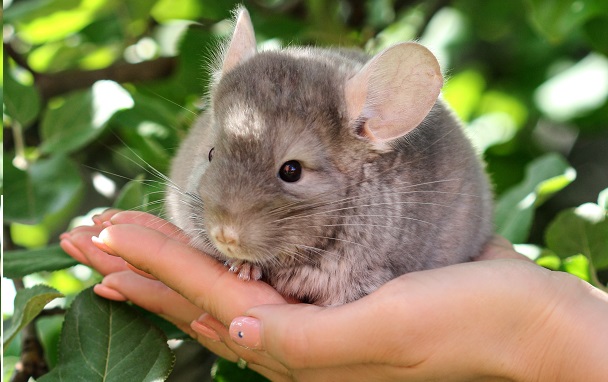

Medically known as ulcerative pododermatitis, bumblefoot is an inflammation or infection of the chinchilla’s footpad. This health issue occurs on the chinchilla footpads and within the connective tissue of the feet. This condition causes dry, cracked skin and bloody feet. Mostly, callous will form on the bottom of chinchilla feet. Then it can crack and become further infected.
As you can see, it is a very serious condition that should be treated immediately. If you don’t go to the vet, this condition can result in extreme pain, discomfort and even death caused by bacteria developing.
It doesn’t affect chinchillas only, but captive birds and rodents.
Chinchilla Bumblefoot Causes
There are a few possible causes of this condition, however, it isn’t entirely clear what causes bumblefoot. So, let’s mention some possible causes:
- Health And Genetics – Genetic predisposition and some health issues such as obesity and diabetes could cause bumblefoot.
- Wire Bottom Cages – Or cages with wire shelves and ramps. These can be very hard on sensitive chinchillas’ feet. It is best to avoid wire bottom cages. If your chinchilla stands on the naked wire bars, that will likely cause bumblefoot.
- Inappropriate Bedding – That refers to rough carpet, solid hard floor, such as uncovered wood. Also, bedding that doesn’t soak up urine, water and other liquid can damage chinchilla skin. Then bacteria can enter the wound and cause infection.
- Lack Of Movement – Chinchillas need time to run around, you should provide enough out-of-cage time.
- Gastrointestinal Disease – Urinary tract and gastrointestinal disease can cause or aggravate bumblefoot.
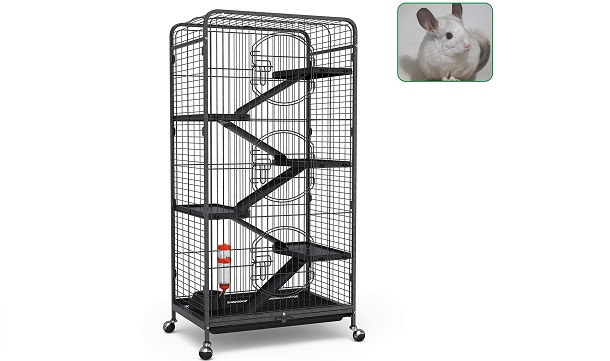

The primary cause of chinchillas bumblefoot is pressure sores. These are dead patches of skin that form useful calluses, but if the growth of callus continues, it will form a blister that can easily be damaged by cuts and scrapes. Those mentioned three things cause that pressure sores.
Plus, the following factors will also play a part in bumblefoot condition – obesity, arthritis, too small cage and physical trauma to the feet, such as scratches.
Chinchilla Bumblefoot Signs
It is crucial to recognize bumblefoot as early as possible, so your chinchilla can recover completely. Here we’ll mention some early signs as well as some later signs.
Early signs
- Your chinchilla stops moving around so much. That’s because bumblefoot is painful, so chinchilla doesn’t want to put weight on its feet. If both of its feet hurt, maybe the chinchilla won’t move at all. Check your chinchilla feet, you might notice some swellings on its foot. If they are red, that is a sign of inflammation. If your chinchilla foot pads are splayed apart, that’s because it can’t stand comfortably.


Later Signs
- When bumblefoot develops, it gets more painful, so your chinchilla will move even less. Furthermore, as the infection develops, your chinchilla will struggle with open wounds. You may notice dried or wet blood on chinchilla feet. Also, dried blood around its cage or dark dried blood are signs of bumblefoot. Unfortunately, it can get worse – infection will affect muscles, tendons and bones. The worst scenario is sepsis and that’s fatal.
How To Treat This Condition?
There is no sense to treat bumblefoot without realizing what caused it. Of course, you should go to the vet (who specializes in exotic pets) and get the antibiotics your chinchilla needs, but you need to correct the issue. Whether is it wire bar flooring, hard surfaces such as carpet, etc. Unfortunately, if you notice bumblefoot too later and enough tissue already died, your chinchilla will be in pain and more susceptible to future infections. Then, surgery may be necessary.


Your vet might recommend some home treatments, too. Here are some examples:
- Chinchilla feet should be soaked several times each day to keep them clean and supple. Some usual courses of treatment are Epsom salt soaks, vinegar and water, colloidal silver and or prescription Chlorhexidine wash.
- Topicals such as Blu-Kote, Silver Sulfadiazine, and Bag Balm with or without foot wraps are usually applied after soaking.
- Stop giving your chinchilla dust baths until its condition is cured. Dust will dry out chinchilla feet, worsen the condition and infect the chinchilla’s feet with other bacteria.
There are different ways to treat bumblefoot and maybe you need to try a combination of treatments to deal with this.
Can Bumblefoot Spread?
Well, bumblefoot isn’t a transmissible disease.
That means if you put a healthy chinchilla next to the one with this disease, the healthy one won’t catch the condition. However, if you have two chinchillas in an inadequate cage, it is likely that both of them will have it.
That’s because the same issue will affect them – wire bottom cage, etc. Also, the bacteria infection can be transmitted if another chinchilla already has open wounds on its feet.
How To Prevent It?
Before getting a chinchilla, you should talk to a vet and ensure optimal housing conditions. Bumblefoot is a serious disease that requires painful and long-term treatment.
Be sure your cage is properly set up for chinchilla requirements. You can pad its cage with fleece liners. Also, wrap every solid piece of wood into fleece.


Use Bag Balm or some similar brand. They specialize in intense moisturizes when it comes to pets. Start using it when noticing early signs of bumblefoot.
Clean its cage regularly to prevent any infection.
To Sum Up
Chinchilla bumblefoot is something that can easily happen to your beloved pet. But now when you understand which factors cause it and how to prevent it, apply these tips and ensure the best condition for your chinchilla.


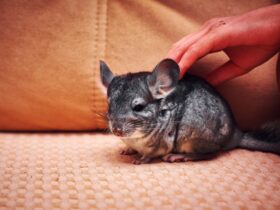

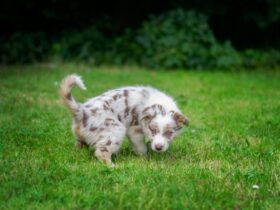
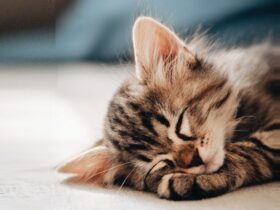
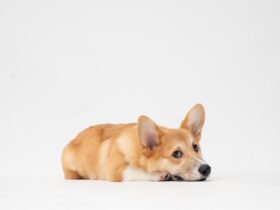
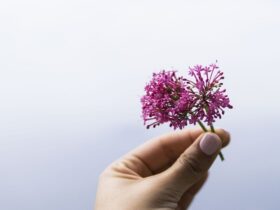
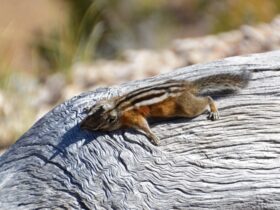

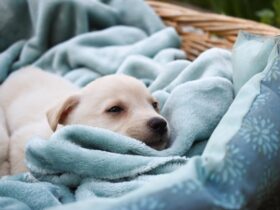







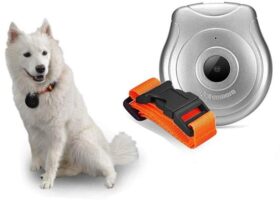
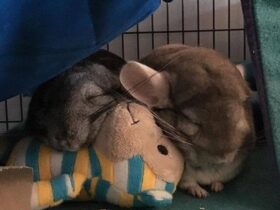
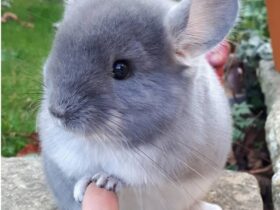

Leave a Reply